The world of non-surgical skin treatments can be: Confusing! Overwhelming! And just, well, a lot to navigate. We get it. So with that in mind we wanted to help break it down (with some help from an expert, of course) for any curious cats who may be interested. Dr. Maryam Ronagh from Ageless Clinics is here and ready to guide us, and now you, through it all.
Talk us through some common non-surgical ageing treatments.
“Ageing is a multifactorial process which happens as a result of skin laxity, muscle atrophy, fat atrophy and bone loss in the face. I like a multidisciplinary approach to an ageing skin to be able rejuvenate it in the best possible way. I always try to consider the four pillars of restorative rejuvenation :
- Restore and regenerate the tissue quality
- Replace the lost volume
- Rebalance the facial vectors and proportions
- Reflect skin radiance
[To achieve this] I always try to use a combination of injectable like anti-wrinkle injections, skin boosters and dermal fillers beside energy-based devices like radio frequency, ultrasound, ablative and non ablative lasers according to the skin needs.”
How do these treatments differ in results, downtime, and upkeep?
“As you might know, the variety of energy based devices sometimes can be confusing for the clients. What I try to do is to consider the skin needs and the skin type of my clients. I provide them with a treatment plan. This includes information about the expected downtime and its duration as well as the cost and number of treatments needed. This allows them to make informed decisions about their treatment.
Ablative and fractional lasers have can have several days of downtime depending of the treatment setting, and they might not be suitable for darker skin types due to risk of PIH (post-inflammatory hyperpigmentation). I will not suggest these lasers to my clients if they plan to have a nice summertime holiday after the treatment as they need to avoid sun tan for three months after the treatment with regular daily sun protection.
On the other hand, non-ablative laser treatments can cause minimal downtime like slight redness for few hours or one day after the treatment and long wave lasers can safely treat darker skin with proper setting.”
What's your best advice for someone who's curious about non-surgical ageing treatments, but doesn't know where to start?
“It is very important that each person is thoroughly assessed prior to the injection to ensure they can go ahead with the injection and achieve the best result. I try to find out about the main concern and offer the best treatment with minimal expected downtime for these clients.”
What are the things that everyone should know before booking in for a non-surgical treatment?
“Anti-wrinkle injections have been an extremely popular treatment in both male and females with a low-incidence of side effects, achieving a noticeable result for almost three months.
[Anti-wrinkle injections] reduce the appearance of dynamic lines which are the result of muscle contraction. Although it works better for dynamic lines, it can also help and reduce the fixed and static lines following several regular injections. However, it is important to know that the effect of anti-wrinkle injections are temporary and muscular function begins to return at approximately three months.
Anti-wrinkle injections are not allowed in pregnancy, breastfeeding and in some neuromuscular diseases (like Myasthenia Gravis), so taking a thorough medical history prior to any injection is a must.
Also remember that after-care advice is as important as the treatment itself. After care includes avoiding anything that can increase the skin temperature for 4 hrs after the injection, including hot showers, exercise and not putting any kind of pressure on the injection sites for four hours. As botulinum toxin is getting metabolised in the liver I ask my patient to avoid drinking more than two SD (standard drinks) of alcohol in the first 24 hours after the injection.”
Can botox be used as a preventative ageing treatment?
“Anti-wrinkle injections are most effective in younger patients (24 to 50yrs), as by reducing the repetitive contraction of muscles and dynamic lines, we can prevent and postpone the fixed lines and wrinkles in the skin. It also can be injected with a different technique in combination with HA fillers all over the face to reduce the pore size in younger patient which can result in a very smooth skin complexion.”
What are some myths about non-surgical ageing treatments you hear often?
“There are a lot myths floating around when it comes to anti-ageing treatments and the right age to start these treatments. Some people believe they need to start looking at anti-ageing treatment when loss of volume in the face and fixed lines and wrinkles start to happen. However, now we know the collagen production rate decrease in late twenties and it would be ideal to start a healthy skin routine then, under the care a knowledgable skin expert. Another question I have frequently been asked by my clients is, “what happens if I stop all my treatments? Do I age faster?” which is definitely not true.”
How long does it take to see results?
“Anti-wrinkle injections start to work after one week and the complete result would be after two weeks. Although, different people respond differently to the injection and I like to make a long term plan for my patients according to their responses to the treatment. Secondly, I can correct any unwanted movement or asymmetry with a small touch up in review session.”
Always reach out to a trusted skin professional as they can provide you with personalised advice for any non-surgical treatments.`

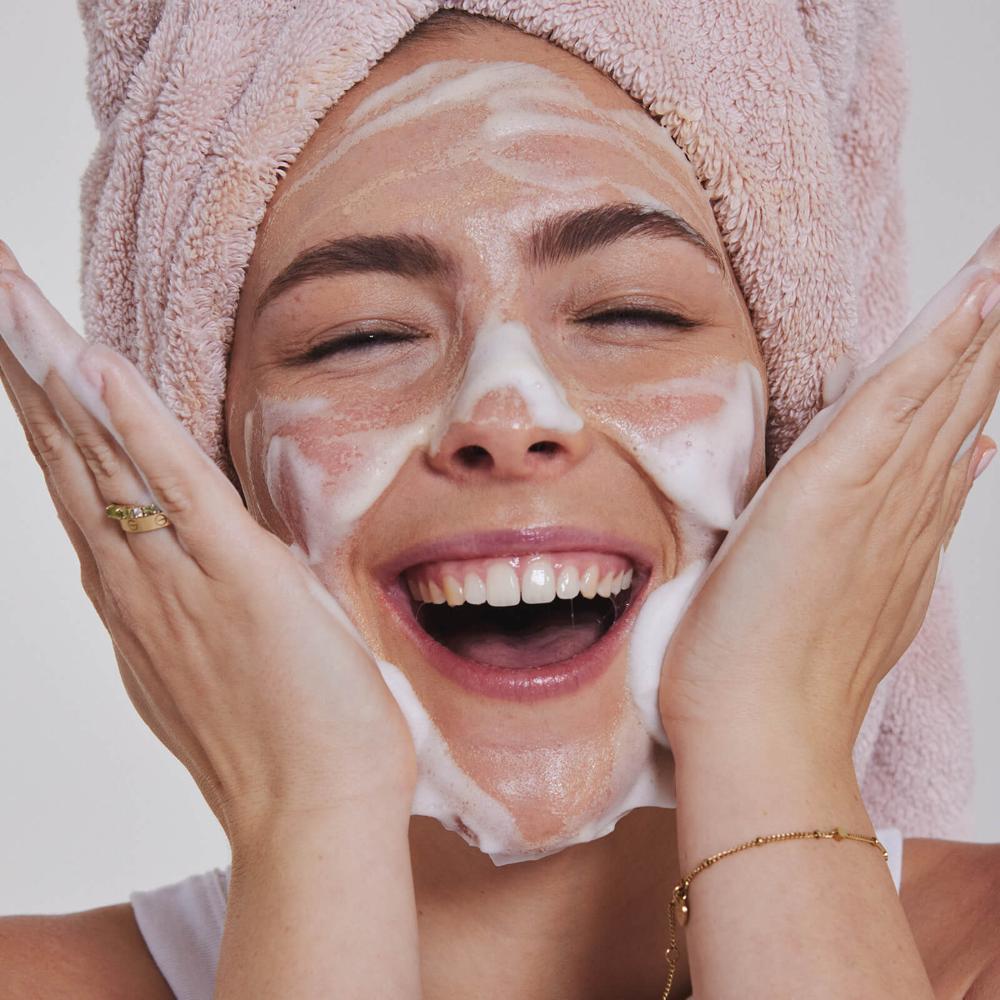
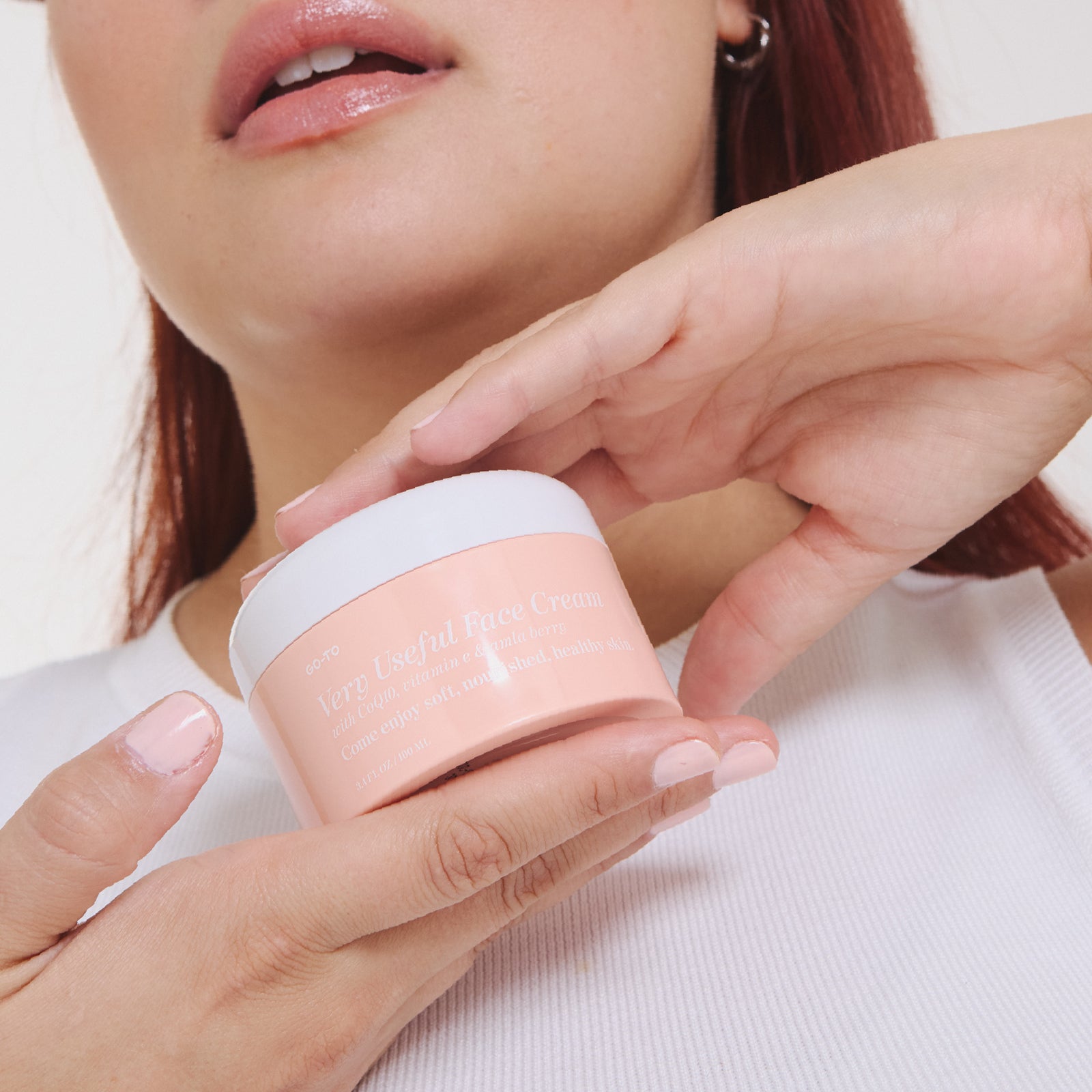

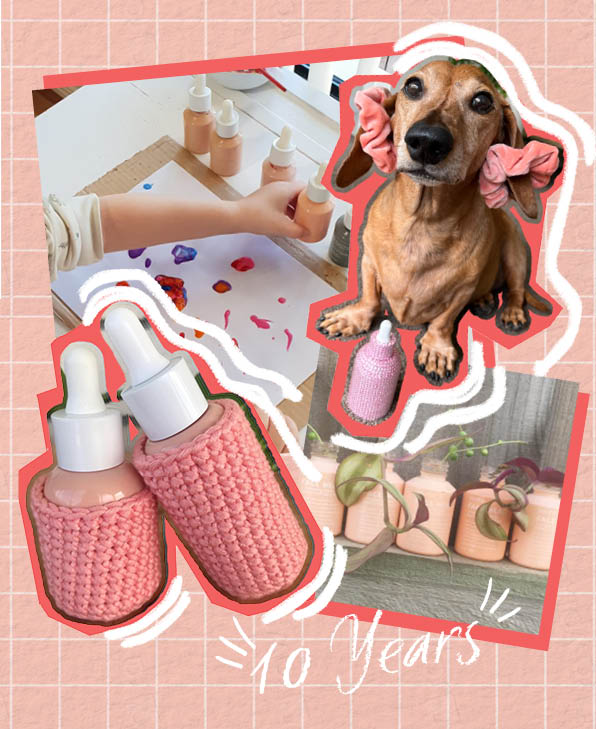

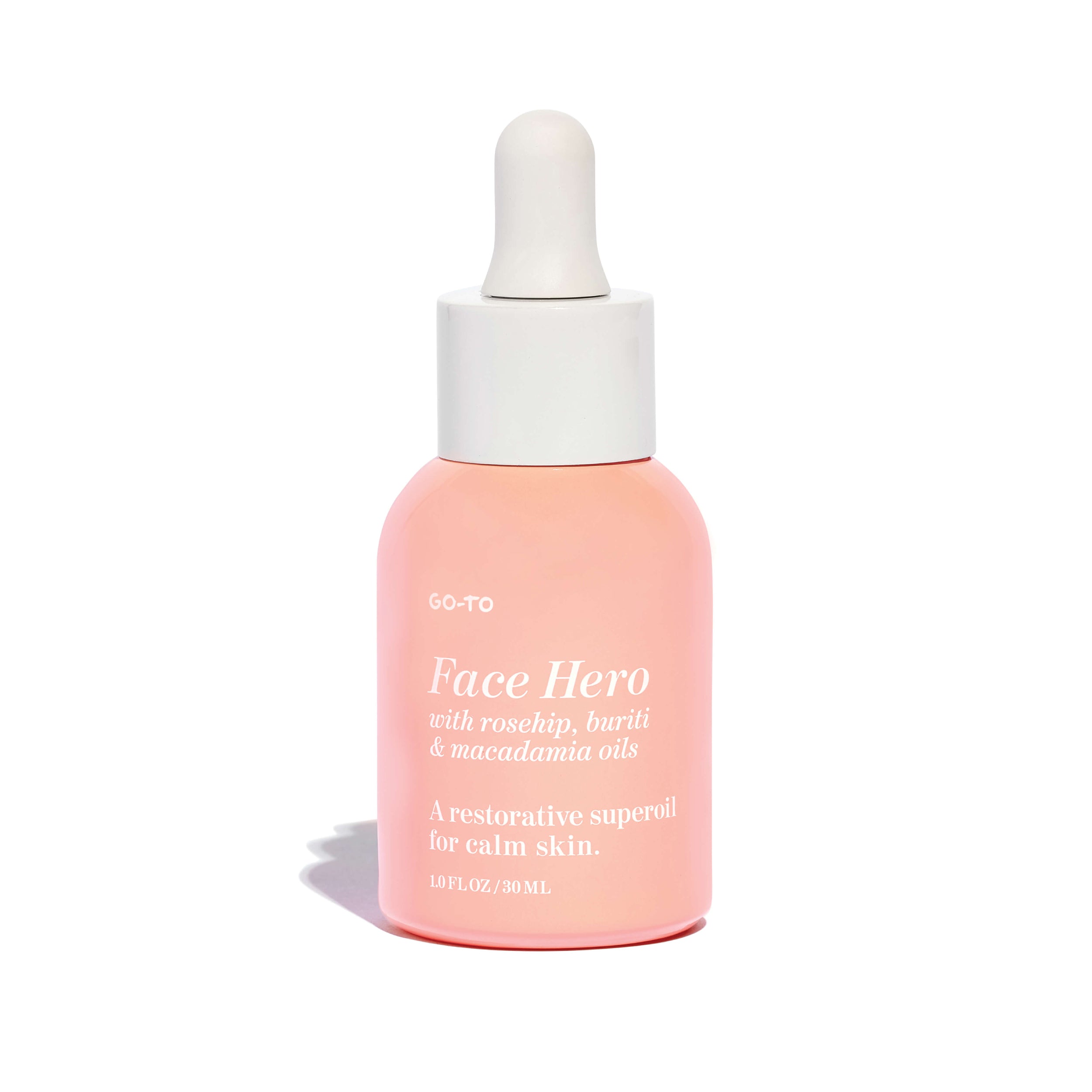
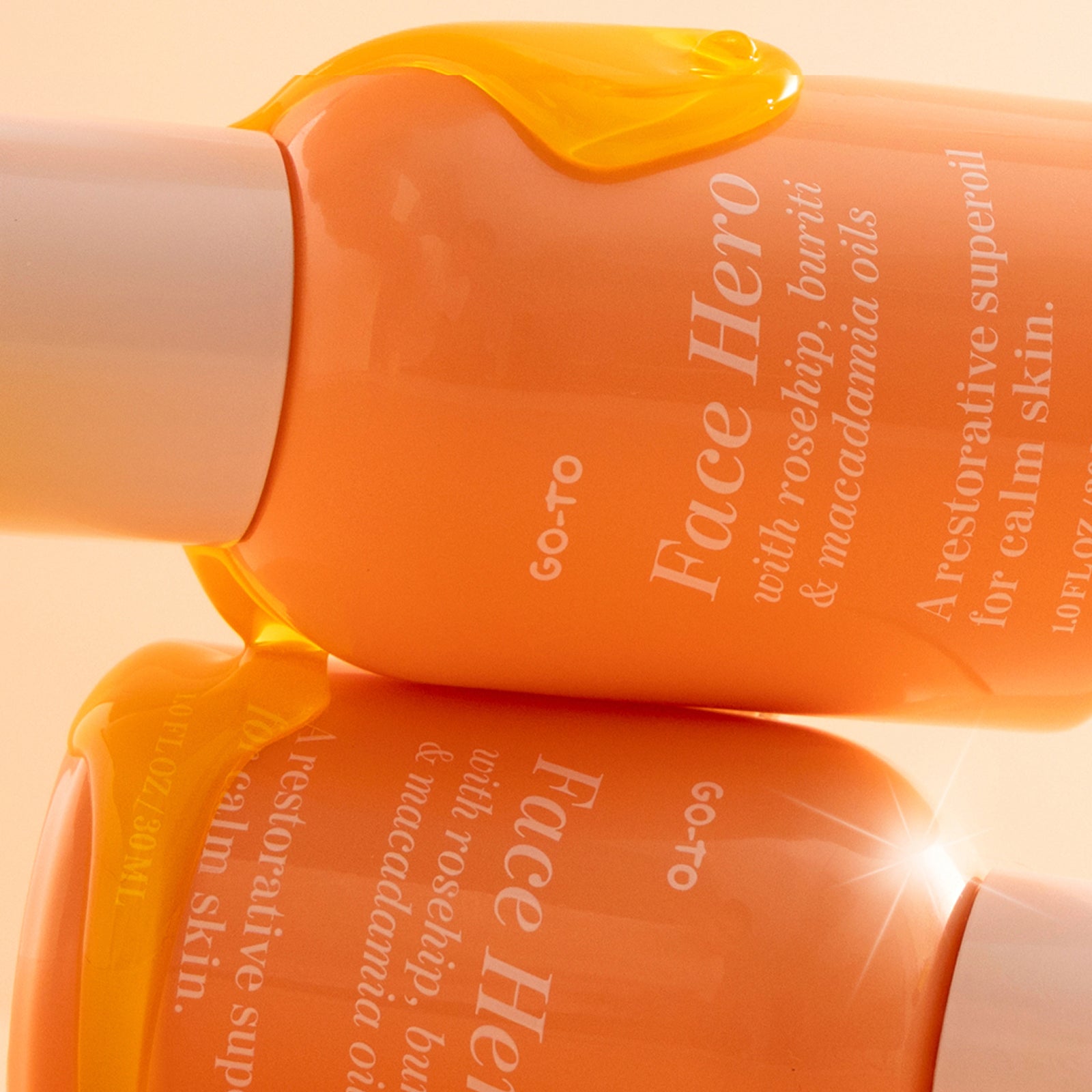
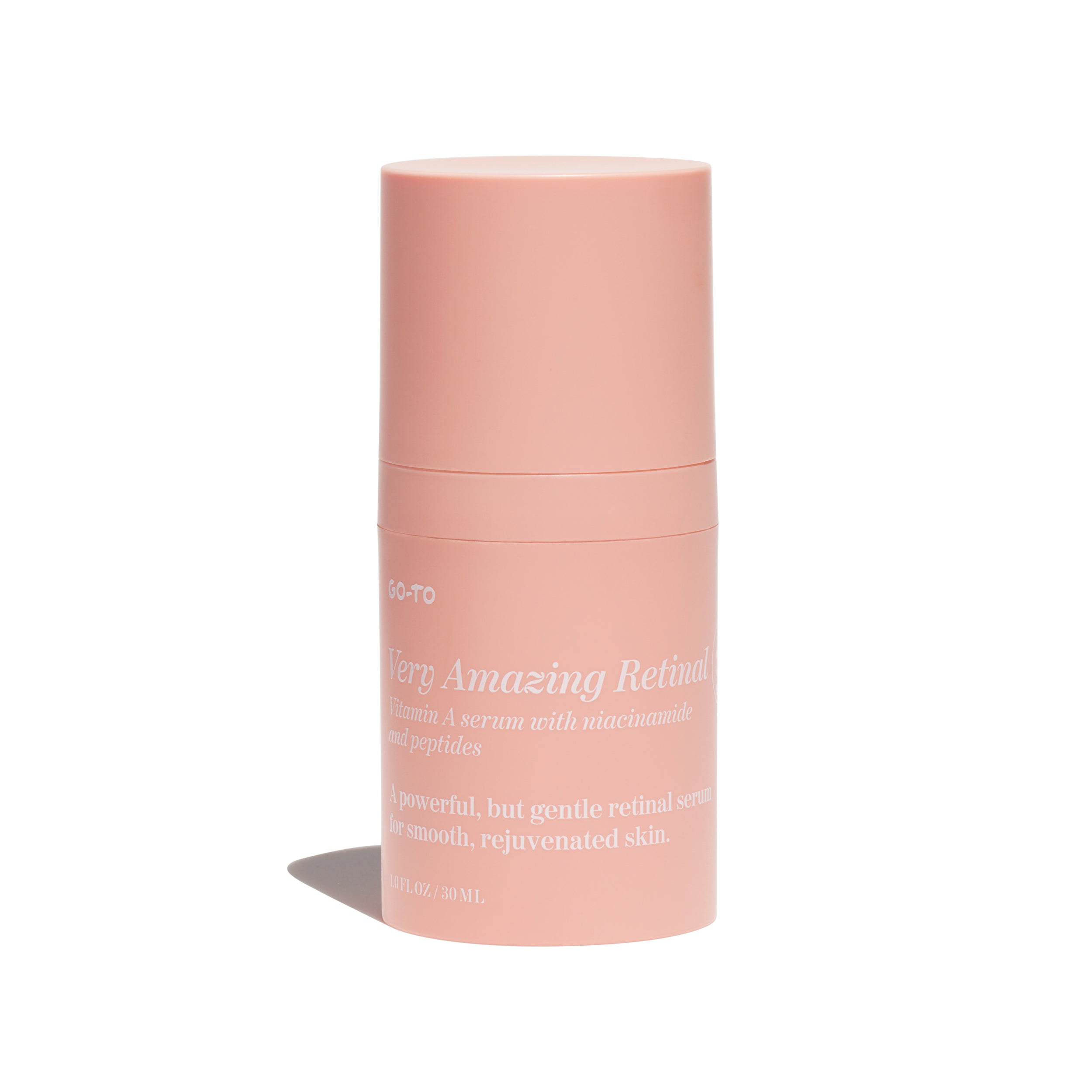


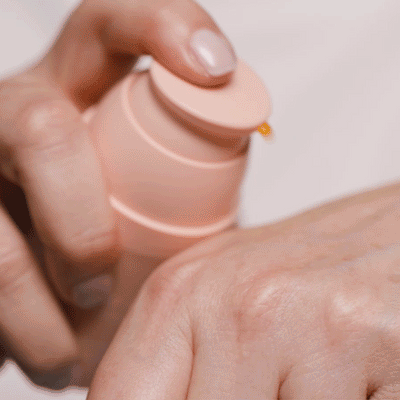


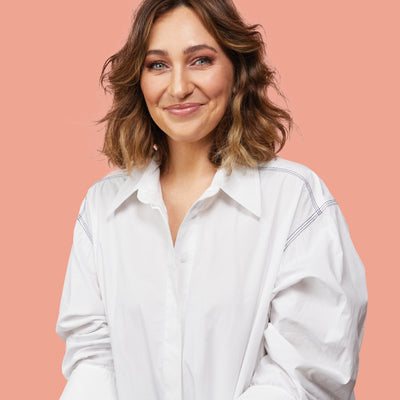

Comments